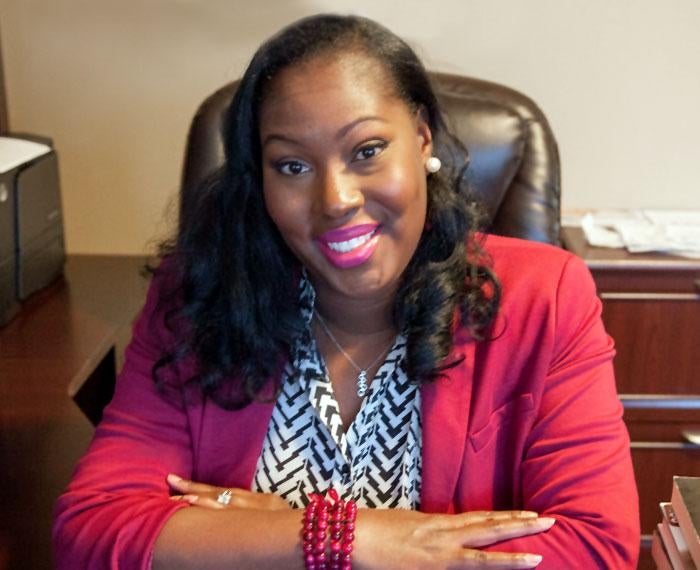
Subscribe to Pittwire Today
Get the most interesting and important stories from the University of Pittsburgh.Black Americans need culturally relevant suicide prevention programs, a new study found

Suicide deaths among Black adults in the United States were rising before the COVID-19 pandemic, and the trend has persisted. While rates tend to be highest for adolescents and young adults, research has shown that rising rates continue across lifespans.
Kamesha Spates, the William S. Dietrich II Chair and associate professor of Africana studies in Pitt’s Kenneth P. Dietrich School of Arts and Sciences, wanted to understand how prepared communities were to tackle this crisis and to reverse the trend. Working with a team of researchers from Kent State, where she taught until December 2022, and Auburn University, the medical sociologist turned to northeast Ohio, where suicide rates among Black residents rose more than 100% between 2011 and 2021.
The team found there was work to be done before the communities they surveyed were prepared to successfully address the issue. “People were engaged and aware of general issues their communities faced,” Spates said, but when it came to suicide specifically, people were less informed.
The research was published May 25 in the journal Death Studies.
For the study, researchers surveyed 25 people from four counties across northeast Ohio. The team wanted to gauge how much people knew about suicide rates and what tools communities had to address the problem. The Community Readiness Model, which rates on a scale of 1 to 9, can help researchers understand how prepared a community is to overcome a shared problem. The survey respondents' scores averaged 3.5 which, the authors wrote, translates to the sentiment, “Something should probably be done but what? Maybe someone else will work on this.”
Survey responses suggested a lot of misconceptions about suicide, Spates said, including the notion that it just isn’t really an issue for Black people. “Instead, it’s a white issue — maybe an upper middle-class issue,” she said. “‘Black people don’t commit suicide. That’s not something we do,’” survey respondents said.
“That’s a misconception.”
But researchers also found raising awareness won’t be enough to help communities reverse suicide trends, because even some who did know about the rising rates didn’t see it as a top priority.
“They would say, ‘How do we worry about suicide when people are overdosing on fentanyl, and people are homeless, and folks are being incarcerated disproportionately?’” Spates said. Some were more explicit about their feelings. “We need jobs. We need good education for our kids. Should we be putting resources into this issue?”
The researchers’ next step will be to return to the communities they surveyed. But they won’t be going back with a plan to fix everything. They will instead work with the communities to develop culturally relevant suicide prevention and intervention strategies that will be tailored to each community’s specific needs.
“The solution isn’t to name the problem and throw money at it from afar,” said Jenny Cureton, a professor at Kent State and member of the research team. “The community guides how the issue is understood and what solutions are best,” making sure they are culturally appropriate.
For instance, some people surveyed had seen informational pamphlets about suicide, but they didn’t think the subject was relevant to them. When they saw the word, “suicide,” they typically thought of white people.
That underscores the point that solutions will require more than leaving suicide-awareness pamphlets in the lobby of a Black church, Spates said. “It means actually using statistics about Black folks who die by suicide every year, or sharing culturally specific, evidence-based protective factors or risk factors that relate specifically to your community.”
And that generic term, “community,” needs to be specifically defined “The Black community is not homogeneous; there are all sorts of ethnic differences, gender differences, different sexual orientations, differences by class, religion … I could go down the line.”
The more attention given to the mental health of Black Americans, the more opportunities researchers will have to work with different communities and help develop made-to-fit interventions.
“This is an encouraging time to tackle a very disturbing trend,” Cureton said. “Leaders within the local community and the state, as well as expert professionals, respected stars and others with influence are speaking powerfully about the problem of Black suicide, and positively about ways to address it.”
— Brandie Jefferson

